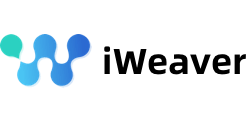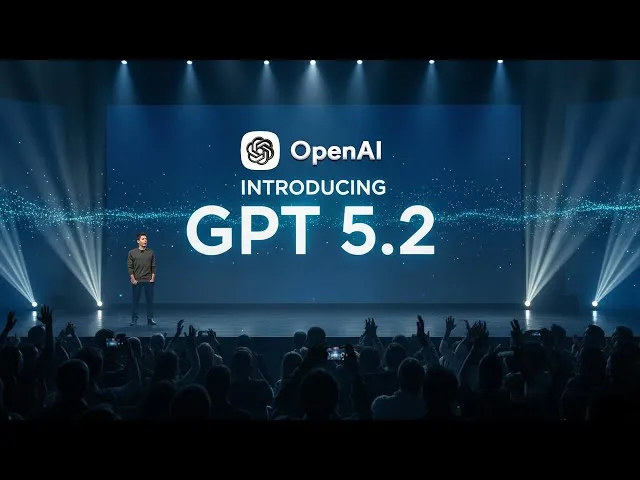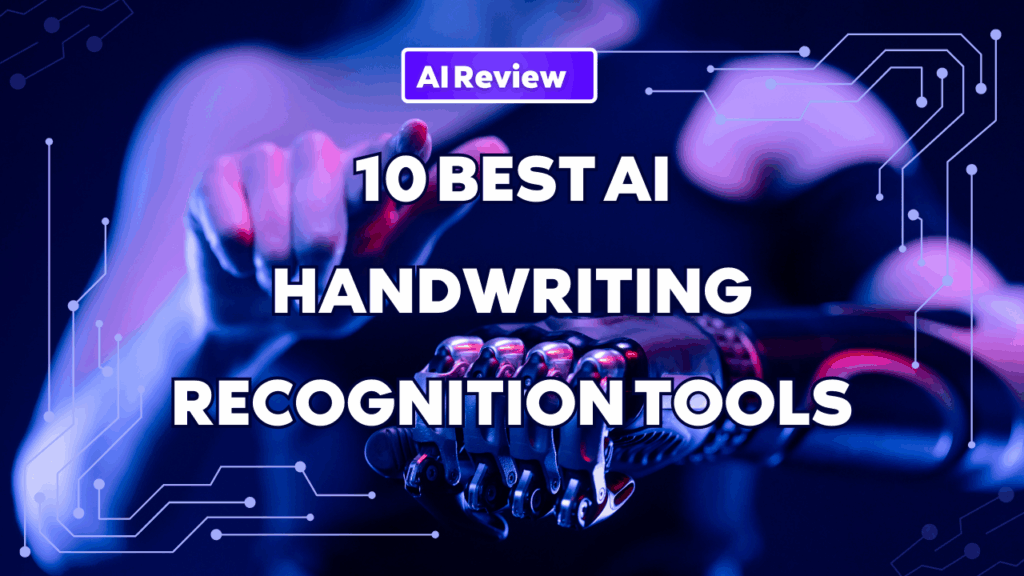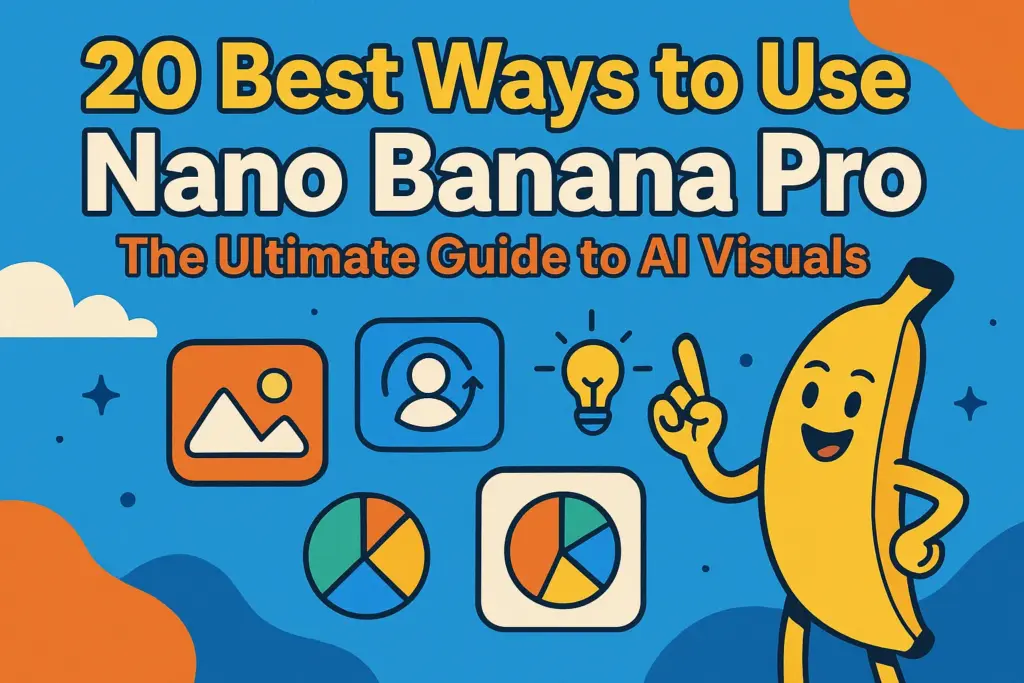En el día de hoy Imagen a texto Paisaje, dos tecnologías importantes están dando forma a la manera en que convertimos los datos visuales en texto editable y buscable: Reconocimiento óptico de caracteres (OCR) y Modelos de lenguaje grandes (LLM)Este artículo analiza cómo funcionan ambas tecnologías, compara sus fortalezas y explica por qué. iWeaver Imagen a Texto ofrece una de las integraciones más avanzadas de OCR y comprensión del lenguaje mediante IA.
¿Qué es la tecnología OCR?
OCR (Reconocimiento óptico de caracteres) Es una tecnología que identifica automáticamente el texto en imágenes (como documentos escaneados, fotos o capturas de pantalla) y lo convierte en datos editables, buscables y analizables. Su proceso principal incluye Preprocesamiento de imágenes, segmentación de caracteres, extracción de características, reconocimiento de texto, y postcorrección.
El OCR se destaca en formatos impresos de forma clara y estructurada, como facturas, contratos, formularios y escaneos de identificaciónLos ejemplos populares incluyen CamScanner y Adobe Acrobat.
Ventajas clave:
- Transforma rápidamente imágenes en datos estructurados y computables.
- Alta precisión en documentos estandarizados y de alta calidad.
- Reduce enormemente el tiempo de entrada manual y los costos de mano de obra.
Limitaciones principales:
- La precisión disminuye con una calidad de imagen deficiente, texto escrito a mano o diseños complejos.
- A menudo depende de plantillas fijas: los cambios de formato pueden interrumpir el reconocimiento.
- Se centra en qué Aparece el texto, pero no lo que significa—comprensión semántica limitada.
¿Qué es la tecnología LLM?
LLM (Modelo de Lenguaje Grande) La tecnología marca un gran avance en la IA moderna. Entrenados con conjuntos masivos de datos de texto, y en algunos casos, datos multimodales (texto + imagen), los LLM pueden comprender, generar y razonar con lenguaje natural. Algunos modelos incluso conectan la comprensión visual y textual para interpretar el significado de las imágenes.
Algunos ejemplos famosos incluyen ChatGPT (OpenAI), Claude (Anthropic) y DeepSeek (DeepSeek AI).
Ventajas clave:
- Va más allá del reconocimiento: los LLM comprenden el significado, resumen el contexto y generan conocimientos.
- Manijas contenido no estructurado, idiomas mixtos, y diseños de documentos complejos con mayor flexibilidad.
- Funciona bien con salidas OCR, proporcionando corrección semántica, enriquecimiento del contexto, y resumen basado en el conocimiento.
Principales desafíos:
- Altos costos computacionales y de entrenamiento.
- Todavía depende de OCR o módulos visuales para texto de baja resolución o distorsionado.
- En el uso empresarial a gran escala, se debe equilibrar la estabilidad, el cumplimiento y la rentabilidad.
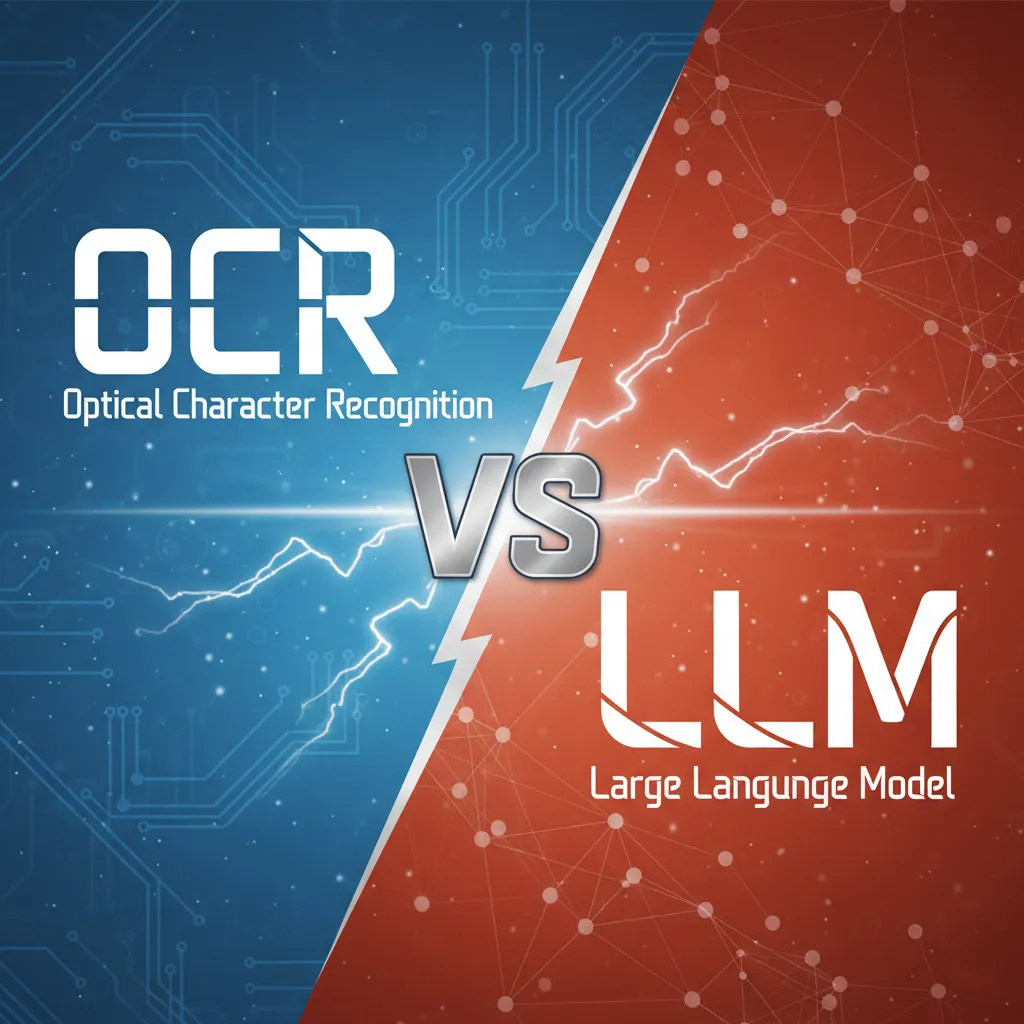
OCR y LLM: Semejanzas y diferencias explicadas
| Dimensión | OCR (Reconocimiento óptico de caracteres) | LLM (Large Language Model) en tareas de conversión de imagen a texto |
| Función principal | Extrae y reconoce caracteres de texto de imágenes. | Comprende el significado del texto, el contexto y genera o analiza resultados basados en el lenguaje. |
| Tipo de entrada | Extracción de imagen → texto. | Imagen (o texto) → Comprensión del modelo → Salida de texto, semántica o resultados estructurados. |
| Dependencia de la estructura | Alto: se basa en plantillas predefinidas o diseños fijos. | Bajo: flexible y adaptable a variaciones de diseño o estructura. |
| Comprensión semántica | Limitado: se centra en “lo que dice el texto”. | Fuerte: interpreta “lo que significa el texto” y “cómo procesarlo más a fondo”. |
| Mejores casos de uso | Formularios estructurados, documentos impresos, diseños limpios. | Diseños mixtos o no estructurados, contenido semánticamente rico o basado en el contexto. |
| Costo de implementación | Los sistemas OCR tradicionales de bajo nivel de madurez son fáciles de implementar. | Alto: requiere capacitación avanzada, potencia informática y mantenimiento del modelo. |
| Tolerancia a errores y adaptabilidad | Sensible a cambios de diseño o formato; la precisión disminuye con entradas complejas. | Más robusto a las variaciones de entrada, aunque todavía enfrenta el desafío de imágenes de calidad extremadamente baja. |
Mientras que el OCR se centra en viendo claramenteLos LLM se especializan en comprender profundamenteEn la mayoría de los sistemas de documentos de IA modernos, no se reemplazan entre sí, sino que... trabajar juntos. El OCR extrae el texto; el LLM lo interpreta, lo corrige y lo transforma en información estructurada y significativa.
Esta sinergia está en el corazón de iWeaver Imagen a Texto.
¿Por qué elegir? iWeaver Imagen a Texto?
A diferencia de las herramientas de OCR tradicionales que se detienen en la extracción de texto, iWeaver Imagen a Texto cierra la brecha entre reconocimiento y comprensiónNo solo identifica el texto con precisión, sino que también interpreta gráficos, diapositivas y documentos visuales para producir resúmenes estructurados y esquemas semánticos.
Incluso con requisitos complejos como videos y documentos, iWeaver puede producir texto editable rápidamente mediante la combinación de tecnología OCR+LLM. Por ejemplo, PDF a Mapa Mental Admite modificaciones detalladas del contenido generado y el cambio de color del tema, lo cual es diferente de herramientas como NotaGPT o PDF pequeño.
Principales ventajas de iWeaver:
- Integración de doble motor: Combina el reconocimiento OCR preciso con el razonamiento semántico LLM para una comprensión contextual más profunda.
- Resultados instantáneos: No requiere configuración: solo cargue un archivo para generar texto editable y resúmenes estructurados automáticamente.
- Multilingüe y flexible: Admite inglés, chino y varios idiomas, incluidos documentos escritos a mano o no estándar.
- Integración del flujo de trabajo de conocimiento: Los resultados se pueden organizar instantáneamente en notas, esquemas o mapas mentales de iWeaver, creando un flujo de trabajo continuo de “reconocer → comprender → organizar”.
- Aplicación para todo escenario: Ideal para investigación académica, transcripciones de reuniones, redacción de informes y creación de contenido.
Esta transición del OCR a la inteligencia documental basada en LLM representa un cambio de paradigma: del simple reconocimiento de texto a la verdadera comprensión de su significado. Para respaldar este cambio, Actualización reciente de la tecnología OCR de DeepSeek Prioriza el refinamiento arquitectónico sobre la optimización funcional. Este enfoque aprovecha la compresión de tokens para reducir significativamente los costos espaciales y mejorar la eficiencia del procesamiento. La maduración de estas tecnologías difuminará cada vez más la distinción entre "imagen" y "texto", allanando el camino para una nueva frontera de comprensión de documentos basada en IA en diferentes industrias.
